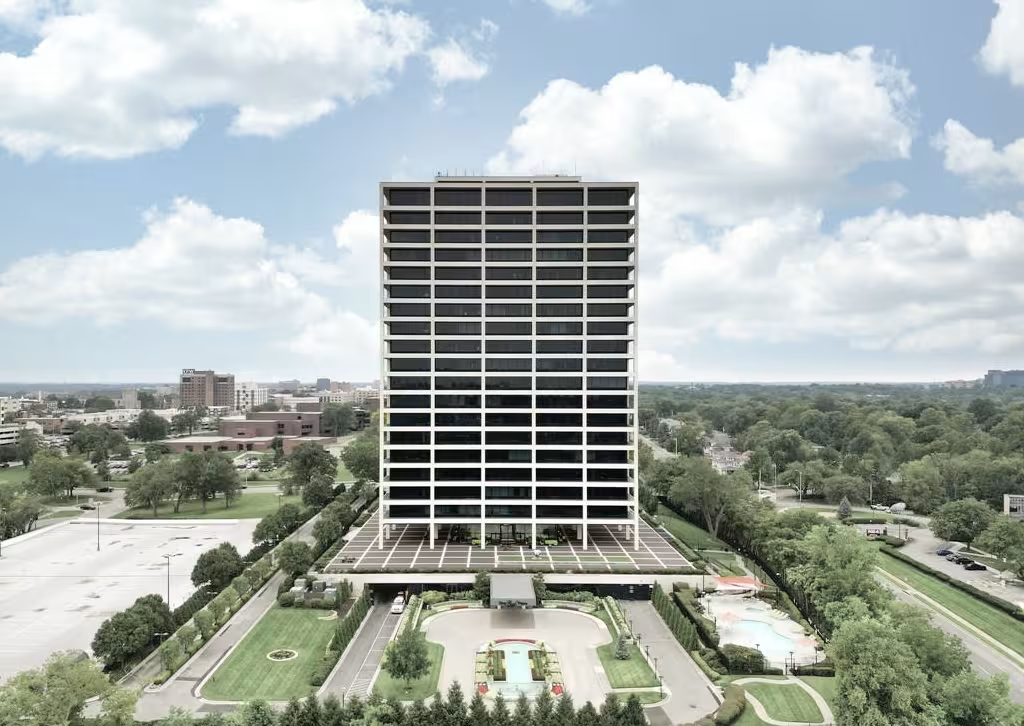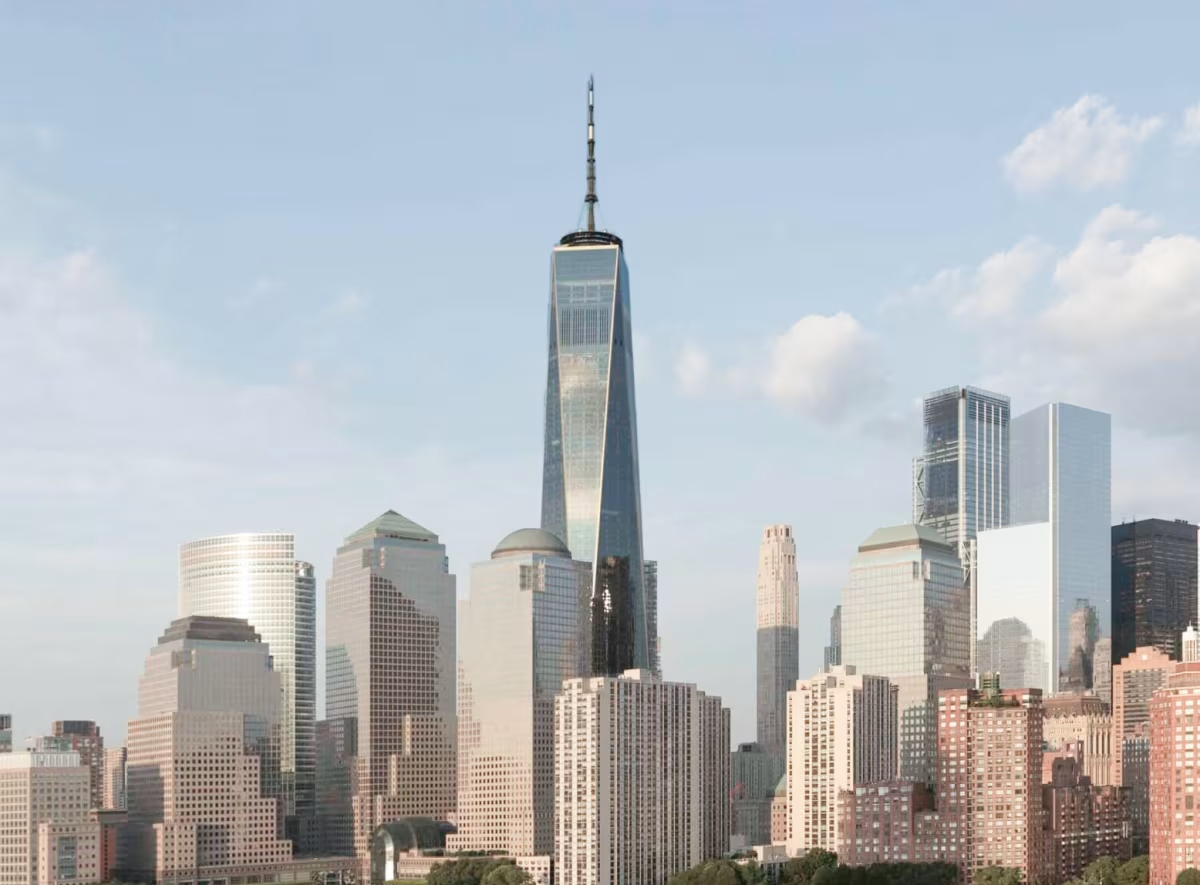BMA Tower vs One World Trade Center


Comparing the BMA Tower and the One World Trade Center is compelling because they were both designed by Skidmore, Owings & Merrill, yet they stand in different cities (Kansas City, MO and New York, NY), and were completed over two decades apart.
What this will allow us to see, is how the same firm's approach adapted to different places in different periods of time.
Height & Size
The One World Trade Center is clearly the larger tower of the two, both in terms of height and number of floors. It rises to 1775ft (541m) with 104 floors above ground, while the BMA Tower reaches 272ft (83m) with 19 floors above ground.
One World Trade Center also offers more total built-up area, a total fo 3,500,000 sqf (325,161m2), which is about 3,115,998 sqf (289,486m2) more than what the BMA Tower offers.
Of course, each project may have faced different briefs or regulatory constraints, which we don't really know about and could also explain the outcome.
Architectural Style
The BMA Tower was designed in the International Style style, while the One World Trade Center reflects the principles of Contemporary.
At the time of their completion, both styles were well established. This makes the comparison especially interesting, because both buildings represent a dominant aesthetic at a particular point in time.Built 51 years apart (1963 vs 2014), these two buildings are a perfect example of how different architectural styles have shaped the architectural landscape of our cities over time.
Uses
The BMA Tower is primarily residential, while the One World Trade Center is primarily commercial.
Originally, the BMA Tower was designed for commercial, but over time it was converted to residential. The One World Trade Center by contrast has maintained its original role.
The BMA Tower offers 106 residential units.
Structure & Facade
The two buildings opted for different structural and facade solutions.
The BMA Tower uses a Frame system, which relies on a regular grid of columns and beams to sustain its weight, while the One World Trade Center uses a Framed Tube In Tube system, that combines a strong central core with a perimeter tube of columns.
And when it came to the facade, the Window Wall went with a Window Wall facade, which uses panels fitted between floor slabs, leaving slab edges visible, while the One World Trade Center opted for a Curtain Wall facade, that uses a lightweight glass curtain wall hung from the structure.
| BMA Tower | One World Trade Center | |
|---|---|---|
| Skidmore, Owings & Merrill | Architect | Skidmore, Owings & Merrill |
| 1961 | Construction Started | 2006 |
| 1963 | Year Completed | 2014 |
| International Style | Architectural Style | Contemporary |
| Residential | Current Use | Commercial |
| 19 | Floors Above Ground | 104 |
| 83 m | Height (m) | 541 m |
| 35675 | Built-up Area (m²) | 325161 |
| Frame | Structure Type | Framed Tube In Tube |
| Steel | Vertical Structure Material | Steel |
| Concrete And Steel | Horizontal Structure Material | Poured Concrete Over Metal Decking |
| Yes | Facade Structural? | No |
| Marble, Glass | Main Facade Material | Glass, Steel |
| Skidmore, Owings & Merrill LLP | Structural Engineer | WSP Group |
| MO | State | NY |
| Kansas City | City | New York |
| 700 W 31st Street | Address | 285 Fulton Street |